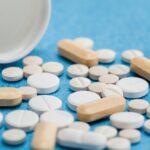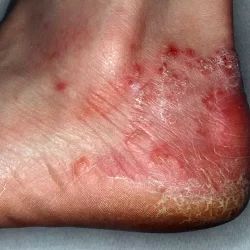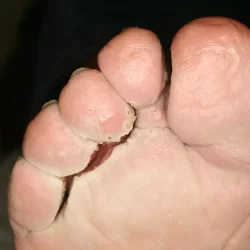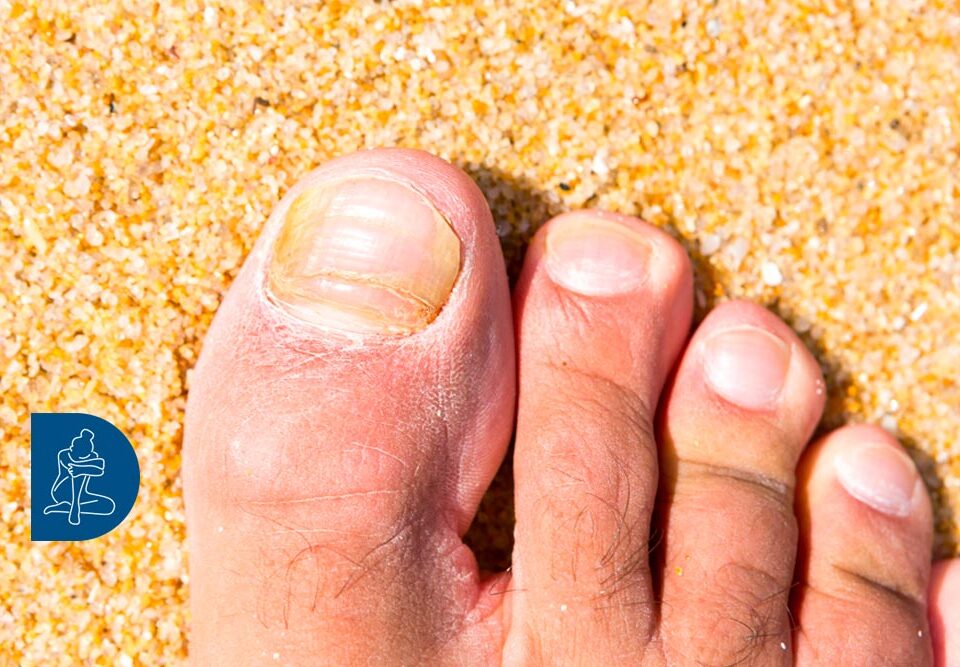
Athlete’s foot: pharmacological treatments and alternative remedies
21/09/2023
Foot maceration: tips and solutions
21/09/2023Tinea pedis is a very common fungal infection that is best known as Athlete’s Foot. It can appear in different clinical forms and affects about 15%-20% of people at any one time.
The frequency is higher in male subjects and this seems to depend on their lifestyle, which leads them to wear closed shoes more often than women.
The three forms of athlete’s foot
- interdigital (most common)
- moccasin-like (hyperkeratotic)
- vesiculobullous (dyshidrotic)
Interdigital athlete’s foot causes erythema, scaling, maceration and fissuring, as well as itching and bad odor. It usually begins at the III and/or IV interdigital space but may spread to the dorsum of the foot or to the plantar region over time.
In some cases, athlete’s foot can cause a fissure in the stratum corneum right in the center of the interdigital space.
This situation is potentially dangerous because it creates a gateway for bacteria to enter and is, in fact, the primary cause of erysipelas, a skin infection of the legs.
If athlete’s foot is not identified and treated promptly, it can spread through autoinoculation to other areas of the body, such as the hands or the inguinal fold. Being highly contagious, it can also be spread locally or to others.
Errors in diagnosis
Athlete’s foot can go undiagnosed for years. It is often confused for eczematous-type dermatitis and is wrongly treated with cortisone creams. While cortisone creams will initially relieve itching and redness, they will actually spread the fungal infection without ever having healed it and will increase the risk of bacterial infections of the foot or leg.
Treatment
While athlete’s foot can be treated with antifungal creams, DermaClub recommends the use of 2S Cream with sulfosalicylic acid. Sulfur and salicylic acid have a greater affinity with the skin than antifungals do, meaning they can treat the infection sooner. 2S Cream can also be used preventatively, with a once weekly application that may be particularly useful for those who frequent communal and/or hot, humid environments.
A vital part of treatment is to ensure the feet and interdigital spaces are meticulously dried after showering or bathing, as moisture stagnating between the toes is one of the main causes of athlete’s foot.
How to use 2S Cream
2S Cream is evanescent, meaning that it is not greasy. Apply a small amount of 2S Cream between the toes every evening and massage well. Continue treatment until all symptoms of athlete’s foot have cleared: the interdigital spaces have returned to their normal color, and any itchiness or bad odor have gone. If the space between the toes is very narrow, apply a cotton pad after applying 2S Cream to promote the passage of air and to speed up healing.
Athlete’s foot often recurs, so regular observation of the space between the toes can help detect early signs of the condition reappearing. At the first signs of athlete’s foot, start applying Cream 2S.

















